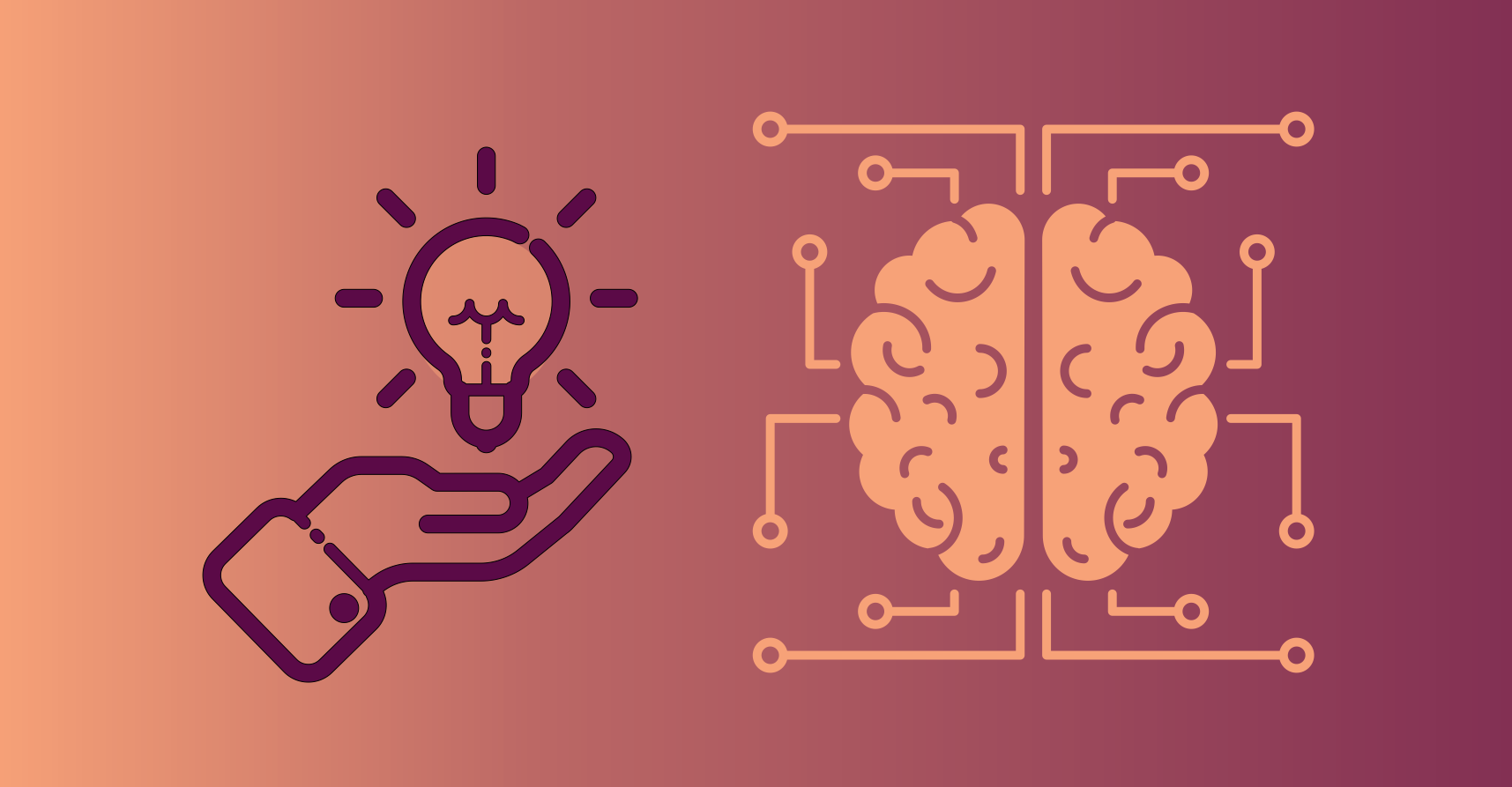This white paper was originally published as a Medium blog post by Dr. Irfan Khan (@Dskhanirfan). Dr. Khan is a member of the PRIVASA team in the Turku University of Applied Sciences and the text is redistributed with author’s permission. The text represents the views of an author, not the PRIVASA consortium.
I, along with my team, developed two novel algorithms for an efficient distributed glioblastoma (brain tumor) segmentation using MRI scans in MICCAI Federated Tumor Segmentation FeTS2021 challenge. My team, HT-TUAS, was the only team to win a top position in both of the challenge leaderboards of the international machine learning competition with 125 globally registered participating teams.
More than 55 worldwide institutions attempted to tackle the brain tumor segmentation challenge. The challenge focused on the application of a machine learning technique called federated learning on medical imaging. FeTS2021 is the first federated learning challenge across different science domains. In the healthcare domain, privacy of patient data is critically important making it challenging to train machine learning models on data from multiple geographically distinct institutions.
Federated learning offers a privacy preserving solution to train a global model across multiple institutions while keeping the sensitive data on the respective local sites. The task of FeTS2021 challenge was to improve the federated learning process by identifying an efficient way to aggregate glioblastoma segmentation information coming from individual health organizations. I presented results at the 24th MICCAI conference held in Strasbourg, France. The algorithms and findings are reported in a research paper titled “Adaptive Weight Aggregation in Federated Learning for Brain Tumor Segmentation”, published in LNCS Springer.
The ecosystem of neuroAI centers across the world facilitate breeding neuroscience research as a collaborative enterprise. These centers are at the forefront of conducting a spectrum of computational neuroscience research activities including developing mathematical models to computer simulations, and developing analysis tools powered by machine learning approaches to solving puzzles and detecting principles of brain activity. These initiatives essentially expedite medical research to ultimately translate towards improved patient care.
In order to realize the neuroAI scientific community’s 2080 world vision of neuroscience, it is salient to explore how to develop the next-generation of AI systems to achieve the goals of the vision. Due to the fascinating dual correspondence between artificial neural networks (ANNs) and the biological brain, it’s crucial to learn how AI can be fueled by ideas from neuroscience and vice versa i.e develop insights into how the brain functions as an information processing unit. It’s important to find out how it is possible to do a precision mapping of neural circuits with a dynamic systems view. How to develop real-time dynamically reconfigurable and adaptable ANN structure based on feedback mechanism, to make an abstraction of the Gödel machines. How to incorporate consciousness layer, induce free-will or emotion in ANNs or consolidate intuition, comprehension, reasoning and creativity i.e the possibility of birth of an out-of-the-box “idea” in ANNs without having that “idea” stockpiled in the training data harnessing reinforcement and meta learning.
Furthermore, I conjecture establishing “cross-talk” like a specialized ultra-transfer learning framework, designed in a distributed fashion, between two distinct yet connected ANNs dedicated for a specific function, like limbic system and prefrontal cortex interaction, would be seminal and ultimately be a step towards neuroprosthesis, via leasing the compromised brain region functionalities to imitating and analogous advanced ANN architecture. However, I believe currently the ANNs are significantly inadequate compared to biological neuronal capacity, as a narrowband objective function and one mode of input type should be defined for ANNs to operate, this makes it hard to attain artificial general intelligence (AGI) and pass the turing test of intelligence for ANNs. Therefore, there is a dire need to reconceive and conceptually reimagine ANNs with self-optimizing universally generalizable and tractable objective function and input paradigm, so that ANNs can not only solve problems but can also propose the questions to optimize.
If in a novel ANN design; where supervised, unsupervised and reinforcement learning can manifest in tandem complementing one another, then ANNs would be able to eventually, when scaled, evolve into a novel form of compositional AI and foster consciousness and potentially become sentient, experience oscillations of life in a metaverse, experience joy and adventure, contemplate ikigai, compassion, morality and metaphysics. A potential downside is that this awareness in ANNs could lead to the prophesized dismal sci-fi autonomous terminator cyborgs or cybernetic organisms that could cause existential threat to humanity, but I think the concept of metaverse is useful in that the metrics and behavior streams of cyborgs software can be tested as innate behavior of ANN in a metaverse, prior to hardwired robotic assembly and anthropomorphization. A counter narrative to imagining existing biological neurons as simple ANNs can be to consider them as three-dimensional (3-D) CAD (computer-aided design) models, but if its production software i-e encoding DNA can be back-engineered, hacked to unlock critical sequences responsible for processing information then time-taking complex mathematical operations can be performed swiftly strengthening the basis for an alternate quantum computing ideology. I speculate that such ANNs coupled with quantum computing would stochastically benchmark AGI or digital approximation of human level intelligence when equal training time is taken by both man/woman and machine to solve an unseen task. Whereas, after the advent of AGI, federated networking can provide foundation to the collective intelligence of smart systems and eventually the technological singularity, which should be monitored via strict internet protocols and firm regulations similar to GDPR and HIPAA for digital evolution.
I anticipate that the fortunate future neuroAI researchers would most certainly be encouraged and incentivised to tackle these open problems, fossick and attempt to achieve major breakthroughs and open up new chapters with original moonshot thinking and monomaniacal focus in the field of neuroscience with AI lens and play a quintessential role in setting up the next DeepMind/ Neuralink or become the next world class neuroscience expert like Karl Friston/ Matt Botvinick.

